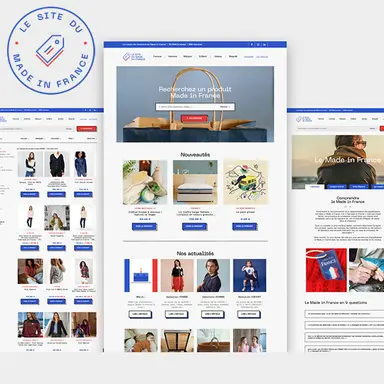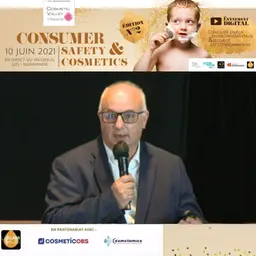
In the current economic context, the case for “Made in France” is increasingly strong. However, the consumption of “Made in France” products remains a minority today. Consumer ignorance and shyness vs. obvious advantages and a solution perfectly adapted to the present times, the way seems wide open to the development of this beauty segment. And it is not Lesitedumadeinfrance.fr who will say the contrary!
Today, the French are well aware of the economic, social and environmental stakes of French manufacturing, and they are increasingly attached to “Made in France”.
But there is a significant gap between their increased desire to consume French products and the reality of their purchases. For example, “Made in France” only represents 10 to 15% of the furniture, fashion or toy market.
The obstacles to the development of “Made in France” beauty
There are still major brakes and obstacles to the consumption of products made in France. Many French people do not really know what “Made in France” means (ambiguous or even misleading “French washing” practices can be dissuasive).
Moreover, the advantages of products made in France are not sufficiently well known and their prices are often considered too high, whereas they are comparable to those of major brands made abroad.
And above all, consumers have difficulty finding them, because although the offer is very rich, it is unknown, dispersed and difficult to access.
The beauty sector is not immune to such difficulties. Although France is the world’s leading exporter of cosmetics, 52% of French people do not favour “Made in France” when buying beauty and hygiene products. And while …













